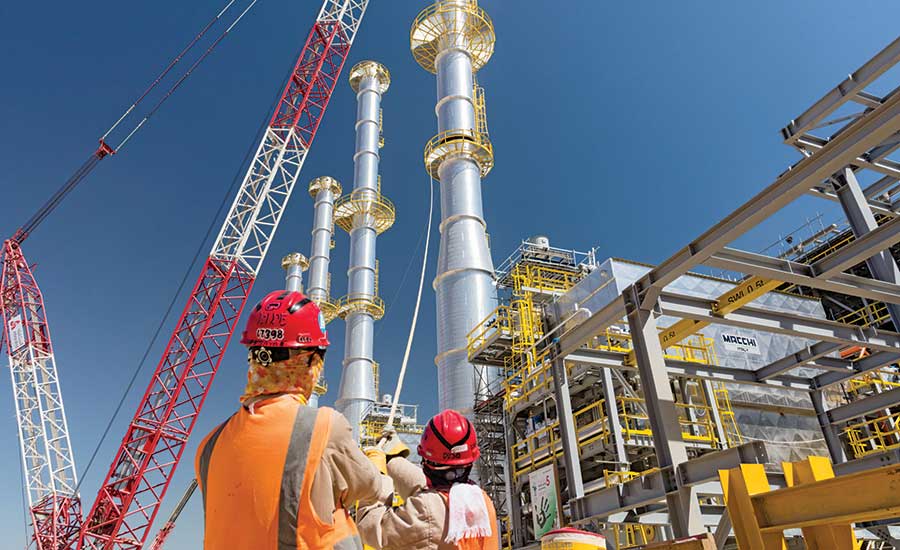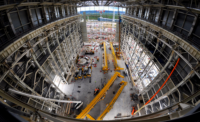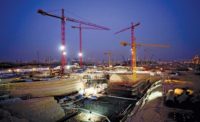Following the industry downturn, oil majors appear to be acting cautiously when considering investments in new projects and are seeking out simple, repeatable design and other contracting strategies to reduce costs. Two years of uncertainty in crude-oil pricing has meant that projects in the design and execution phases have tapered off, notes Shaun Boardman, director of technology, petroleum and chemicals at Jacobs Engineering.
“Global oil and gas upstream investment fell by 25% in 2015 and by another 26% in 2016,” according to the International Energy Agency’s “Market Report Series: Oil 2017.” Further falling prices could push back future investments, IEA says. “When investment does recover, it will serve an industry that is far leaner and fitter than it ever was and that will be able to deliver more with less,” the report notes.
About $620 billion in projects through 2020 has been deferred or canceled, and the appetite for long-term, complex major capital projects has waned, according to advisory firm Deloitte.
Related Link
ENR 2017 Top Design Firms Sourcebook
However, now that pricing appears to be stabilizing, “we are seeing a resurgence of interest and a return of investment opportunities,” Boardman says. “This activity will spin off as engineering and new construction over the next few years.”
While the past year has seen an uptick in offshore projects, these jobs are primarily restarts of existing projects that were delayed or shelved, notes Kent McAllister, president of the Wood Group’s offshore business unit. “New projects are there, but the cost pressure continues to drive efficiencies and innovation in production-facility design, and the lack of drilling has created a lag in new projects,” he says.
As downward pressure on pricing continues, there has been a shift in contracting strategies to focus on EPC and EPCI solutions, McAllister notes.
While U.S. refiners are now focusing on expanding or revamping their facilities, the Middle East and Asia-Pacific are planning new refineries, says Dan Spinks, vice president and general manager at Fluor’s Houston office.
Thanks to shale gas, North America’s lower-cost feedstock also is driving work, Spinks notes, and a second wave of chemicals and petrochemical complexes are being planned on the U.S. Gulf Coast because of this advantage.
“The U.S. shales will be the growth engine for the industry in the foreseeable future,” McAllister adds.
Offshore areas of growth will be the Norwegian Continental Shelf, Mexico and, eventually, Brazil, McAllister predicts. “The industry has slashed spend to less than half its 2014 peak.”
Lower oil and gas prices also are compelling firms to improve their projects’ capital efficiency, cost and schedule certainty, so only high-value, high-priority projects are moving forward, Spinks adds.
Although drilling and production is picking up, McAllister notes that operators are seeing reduced cash flow and profitability because of global pressure on oil and gas pricing.
“Offshore shows signs of resilience, but capital turnover for onshore unconventionals makes offshore and especially deepwater developments challenged, even in safe investment areas,” he says.





Post a comment to this article
Report Abusive Comment